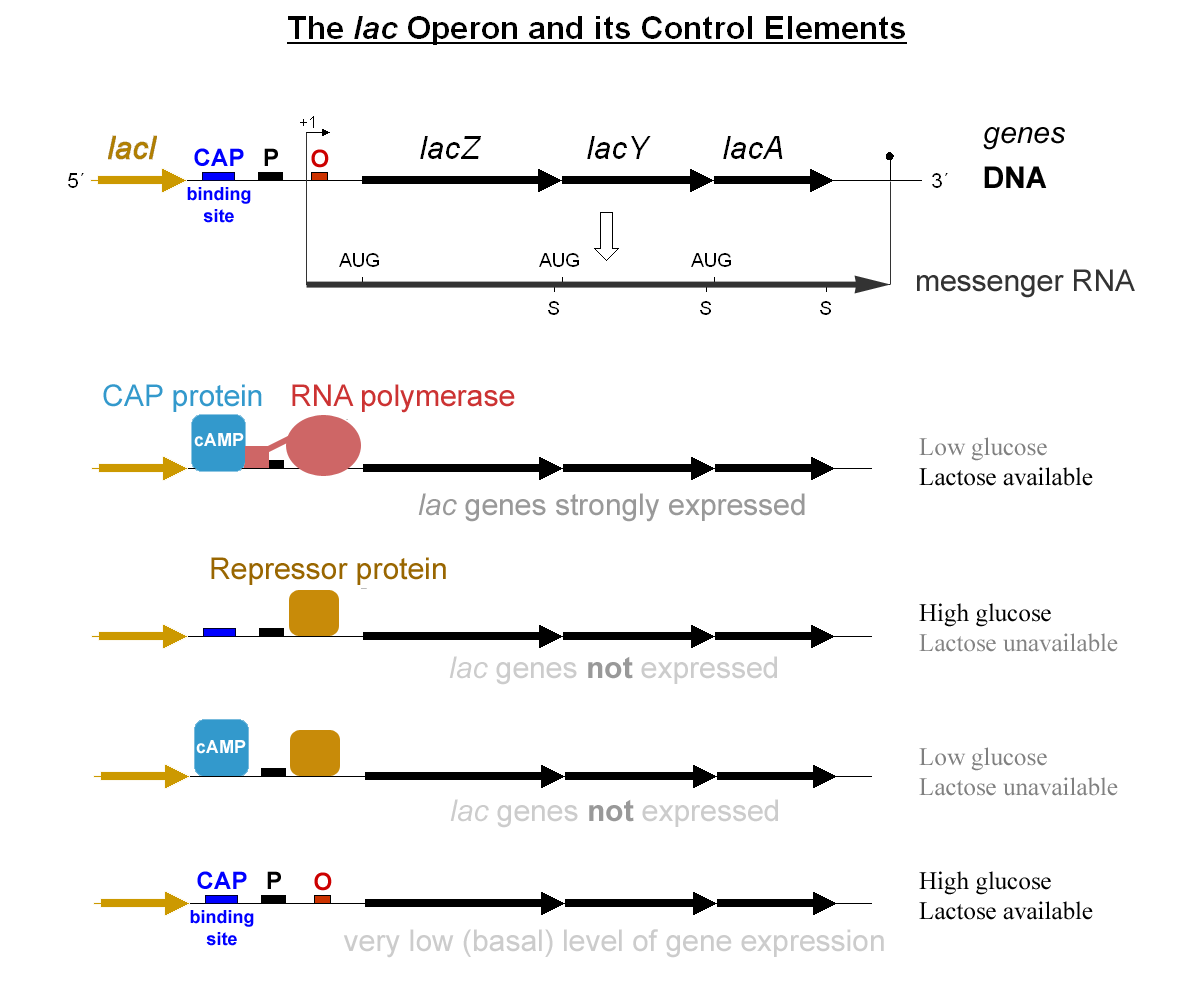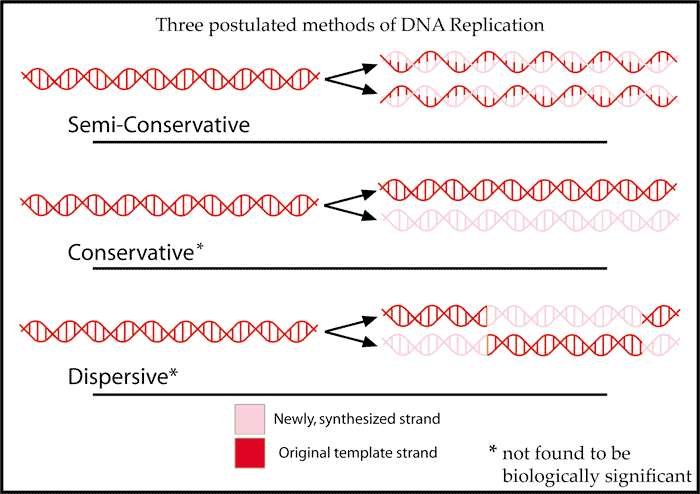At the end of our unit, we did a lab known as the Coin Sex Lab. In this lab, we flipped coins to predict the
genes of the offspring of a cross. Each coin represented a gene, and the heads and tails sides of the coins represented the two different
alleles. Each person was given the coin(s) of one of the parents, and one person flipping their coins represented
meiosis. When the outcomes of all coin flips were put together, that represented
recombination.
We simulated many different crosses. For nearly all of our simulations, our expected results were similar to our actual results. In our first experiment, a
monohybrid cross, we were testing the sex chromosomes of the offspring of a male and a female. We found we had a ratio of 3 males : 2 females, which is very close to the 1:1 expected ratio. Our second experiment was also a monohybrid cross, and it had to do with
autosomal inheritance of bipolar disorder. While the ratio should have been 1:1, our ratio was actually 1 bipolar child : 4 normal children. Our third experiment was another monohybrid cross, but it tested
X-linked inheritance. In this experiment, our ratio of 4 normal females : 1 carrier female (or a
heterozygous female) : 2 normal males : 3 colorblind males was approximately the expected ratio of 1:1:1:1. In our last experiment, a
dihybrid cross involving autosomal inheritance, our ratio of 10 brown haired and brown eyed (double
homozgous dominant) : 2 brown haired and blue eyed : 4 blond haired and brown eyed : 0 blond haired and blue eyed (double homozygous recessive) was close to the expected 9:3:3:1 ratio.
 Probability
Probability cannot always be used to predict offspring's traits because the traits of offspring do not always follow probability. Although an offspring may have a higher chance of having brown eyes, the offspring may be born with blue eyes instead. Also, if the probability is split 50-50, it is impossible to predict which outcome is more likely.
The Coin Sex Lab relates to me in real life because I now know more about inheritance. This can help me figure out my genetics. For example, my parents blood types are B and O, but I don't know what mine is. Because of this, I know that my blood type is either B or O. Furthermore, I can find out that, depending on whether the B blood type is homozygous or heterozygous, the probability of my blood type being B is 50% or 25%, respectively. I can also use this process to figure out my other traits. In addition, if I had children, I could figure out the probability of them having certain traits.
This unit was about sex, inheritance, and genetics. Some themes were mitosis and meiosis, asexual and sexual reproduction, chromosomes versus genes versus alleles, traits, genotypes and phenotypes, homozygous and heterozygous, dominant vs recessive, the Law of Segregation, the Law of Independent Assortment, Punnet squares, autosomal and x-linked inheritance, codominance, incomplete dominance, gene linkage, epistasis, multifactorial disorders, and polygenic traits.
My strengths this unit were Punnet squares and genetics. My weaknesses were, at the beginning, the steps of meiosis and the Law of Segregation and the Law of Independent Assortment.

At first, I didn't really understand genetics. I didn't understand the differences between genes and alleles, or the difference between sister chromatids and homologous chromosomes. While doing the
genetics infographic, I began to understand these things by doing outside research. Now, I fully understand all concepts presented in the infographic.
I would like to learn more about genetic exceptions and complications. Why are some genes dominant and recessive when others are incompletely dominant or codominant? Is it common to have incompletely dominant, codominant, linked, or epistatic genes? How common are multifactorial disorders?
My preferred learning styles, as shown by
the VARK Questionnaire, were:
- Visual: 10
- Aural: 2
- Read/Write: 8
- Kinesthetic: 10
I expected these results, as I have done similar questionnaires in the past. In order to use these style strengths to prepare for my test, I will draw lots of diagrams and maybe create a model. I will also test myself with flashcards.


























